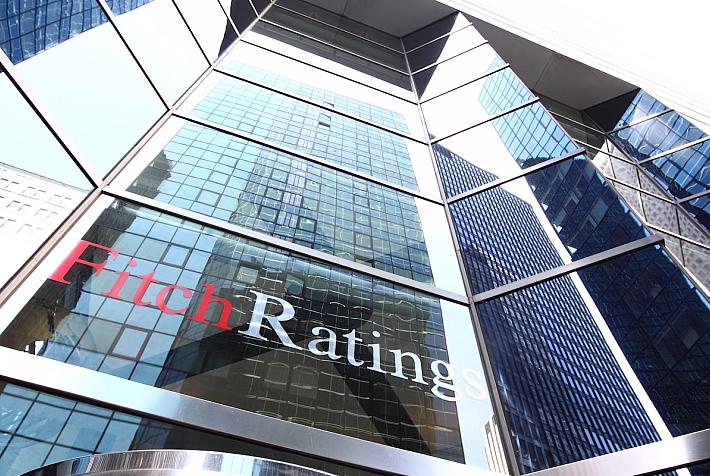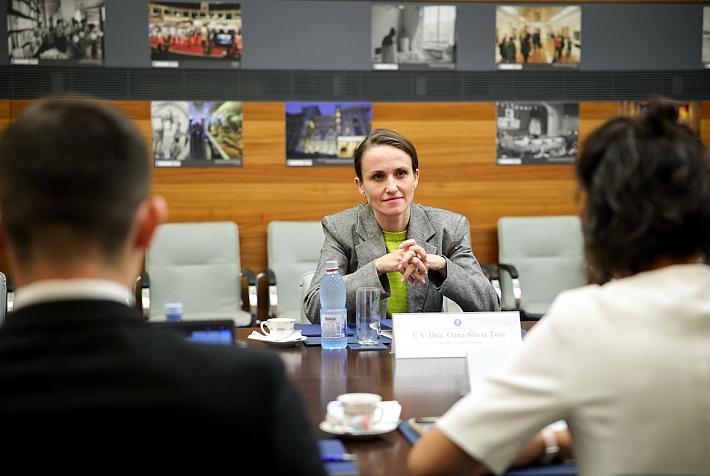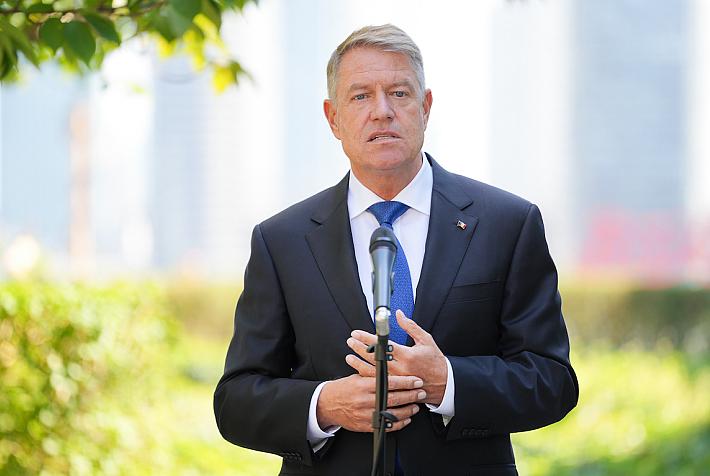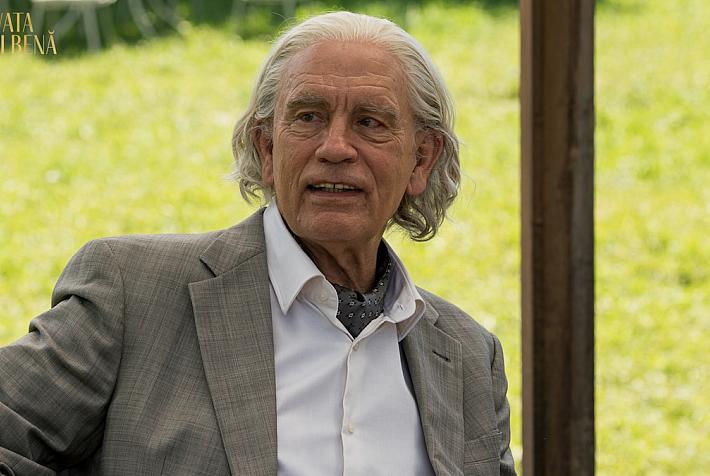Report: Only 40% of Romania's railway is connected to the power grid

Only 40% of Romania's railway is connected to the power grid, impacting the optimal operation of the train transport system and preventing an increase in the number of passengers, according to an analysis of the National Railway Supervision Council (CNSDF) within the Competition Council, quoted by News.ro.
“Although a slight increase in the number of train passengers was registered in recent years, the precarious state of the infrastructure and rolling stock, which determines speed restrictions, as well as the fact that only approximately 40% of the railway is connected to the power grid, do not allow for an optimal railway operation, which would generate an evident increase in the demand for these services, or at least maintain them at constant levels,” the Competition Council said in a press release.
The same analysis found that competition in the passenger rail transport is still low in the country. Some 20% of the national railway transport market for passengers is privately-owned, placing the country on par with European levels. The competition is visible only on several routes, such as the Bucharest - Constanta, Bucharest - Brasov, and Brasov – Craiova ones. These are high-traffic routes, shared by both private and the state-owned operators, but the rest of the routes are dominated by the state-owned CFR Calatori.
The analysis highlights the main characteristics of local railway transport and puts forth several recommendations. As such, the analysis recommends that all operators have their own offices in order to facilitate passenger access to the needed travel-related information. When this is not possible, the recommendation is that information is given at a shared office. Another recommendation is that travel information from all railway operators is compiled in a unique document that can be accessed in an electronic format as well.
At this point, many private railway operators only have ticket offices in larger cities and sell tickets in the train.
The CNSDF also argues in favor of modernizing the train ticketing system through the development of a shared information and ticket issuing system that would allow passengers more connecting options. The analysis also suggests the need for a new classification of train stations and differentiating infrastructure use tariffs based on a wider range of technical parameters, including the rehabilitated railway, connectivity to the power grid or the speed of travel.
In Romania, both CFR Calatori and the private operators, are running on the basis of public services contracts closed with the Transport Ministry. The distribution of the compensations is made based on the trains per kilometers and passengers per kilometers volumes, depending on the type of train, Regio or Interegio. The Regio is a regional train, making stops in more, smaller stations, while the Interegio is a region-to-region train, stopping only in stations in larger cities.
“CNSDF recommends allocating the routes with the most demand based on commercial contracts while at the same time closing public service contracts mostly in areas characterized by an important social component,” the Competition Council argues. In this way, the premises of a real competition, based on price and quality, would be created, the institution says.
The council also argues in favor of maintaining public services contracts especially in areas that are not serviced by other means of transportation and where train transport is preferred by many social groups, such as commuters, students or pensioners. Likewise, these should be maintained in stations and on short-distance routes, of less than 100 km.
The analysis is currently under public consultation and various meetings between authorities and the railway operators are scheduled.
The analysis can be read, in Romanian, here.
editor@romania-insider.com











